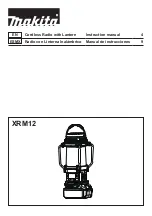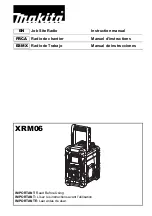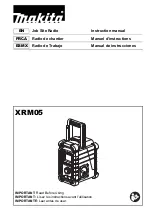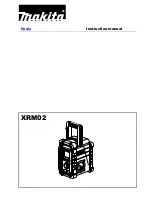
Atlas PT Technical Manual
29
connected to it, should put a waypoint on its
screen, and in its database, at the location
specified by the RV-M7.
$PRAVE
Raveon Position & Satus.
This message is
sent out of the ATLAS PT
when it is operating in
the
GPS 2
mode. This message is used by third-
party and PC applications for tracking location
and status information.
OUTPUT 1
$GPTLL
NMEA Target Lat Long.
T
his message is
commonly sent by marine RADAR receivers to
notify plotting devices of the location of a RADAR
target. The ATLAS PT
can output this message
when it receives a position report from other
ATLAS PT
transponders. A plotter or display
connected to it that supports the TLL message,
should put an icon on its screen at the location
specified by the RV-M7. The icon name is the
MYID of the RV-M7 that transmitted its position
over the air.
OUTPUT 2
$GPGGA
NMEA GPS Position Fix Data.
T
his message is
the standard position message from a GPS
receiver.
NMEAOUT 1
$GPGSV
NMEA Satellites in view.
T
his message is the
standard message to indicate the number of
satellites in view, and their signal quality.
NMEAOUT 1
6.6
Device Addressing
Security Key
The security KEY programmed into every ATLAS PT
transponder ensures that only
ATLAS PT
transponders with the exact same security code can receive position and
status information. The security key is case sensitive, so “
Raveon
” and “
RAVEON
” are
two different keys.
The security code may be from 2 to 16 characters long. The longer the code, the more
secure it is and the less likely anyone could guess what it is. It is up to the user to
select and set this code. If the ATLAS PT
is not used in a system where security and
privacy are a concern, then it is OK to leave the factory-set code.
If it is important that the ATLAS PT
transmissions and system be secure, Raveon
suggest you program the KEY to be a random sequence of letters and numbers at least
8 characters long.















































